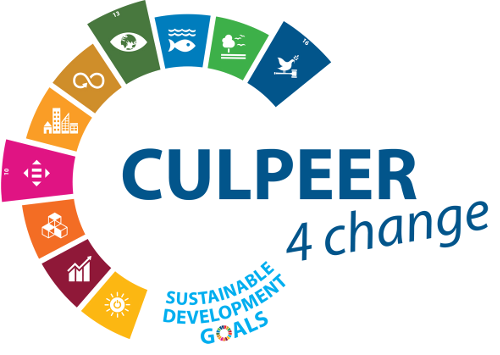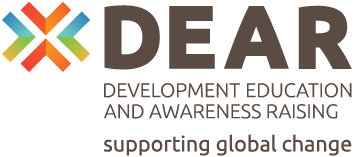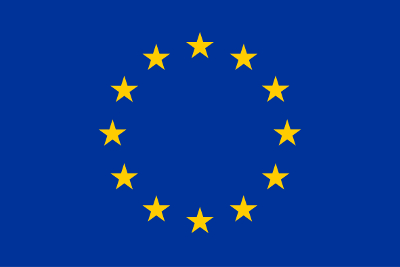The concept of cultural peer learning was developed at the beginning of the KinderKulturKarawane in 2000. We knew that “peer-to-peer” learning has to be seen as one of the most sustainable forms of learning. It has potential to create something new. This became evident during the workshops, which were conducted by our artistic groups from the Global South. Fostered by the cultural approach of the workshops, even complicated topics like global trade and the situation of street children could be mediated in a short amount of time. Not only content could be communicated more easily, but also curiosity and interest in the life of others.
Peer-to-Peer
Peers as a special sociological group were mentioned for the first time in the year 100. At that time real peer-to-peer learning groups existed. The term itself was coined in England for upper-class groups in the medieval period. Some 100 years later, peer groups became part of developmental psychology.
Piaget, for example, underlined the importance of peer-to-peer learning for the ethical development of 3-year-old children. In the 1960s in the U.S.A., peer groups were responsible for all non-conformal behaviour of young people. The fact was that peer groups had such a big influence on young people, sometimes more so than their families.
Later, aspects of peer learning became an institutional part of university tutorials and critical thinking. Besides that, people became more open-minded about peer learning, even outside of the school setting. It became evident that peers are the better coaches or teachers than adults. The first topics in the U.S.A. were HIV and drug abuse prevention. Later, early pregnancy was added to the list of topics that could be best taught by peers.
Peer-to-peer projects on HIV prevention and early pregnancy also became important issues in the field of development cooperation in the Global South. The successes of such projects became the starting point for the change from peer-to-peer learning to peer-to-peer education. Today, peer education is acknowledged mostly in the informal educational sector.
Peer Learning
Peer learning includes informal learning strategies. Peers are more willing to accept messages given by peers because they can relate to them easily and feel more like equals. Peer‐to‐peer learning is known as an area of education with the most sustainable results. Peer‐to‐peer learning is not to be confused with peer teaching, in which the role of the teacher, or leader, is clearly defined.
In our project we focus on peer learning, taking into account that peer learning and the school system are partly contradictory - although Australian scientists emphasise the benefits of peer learning for the participants:
- Peer‐to‐peer learning implicates that students work together and develop collaboration skills.
- This fosters teamwork skills and involves them as part of a learning community in which they have a stake.
- The willingness of students to reflect and explore ideas increases when authority figures, such as teachers, are not directly present.
- Students gain more experience in communicating a subject in a peer-to-peer learning situation than when teachers give lessons.
- They are able to articulate themselves and accept criticism by peers as well as learn to adopt the reciprocal role.
- Peer‐to‐peer learning involves a group of students taking collective responsibility by identifying their own learning needs and planning their implementation.
The Cultural Approach
Our cultural approach is based on the idea that cultural activities make even complex topics easily accessible to young audiences. Young people are subject to unintentional informal learning: social skills are put to the serious peer test: they have to engage with an unknown peer and learn new abilities for themselves and together. By overcoming language or cultural barriers, peers find new ways of expression through heightened interest in the activity. They discover new talents and foster intercultural, social and language competences. This creative process strengthens self-confidence and promotes the feeling of self-efficacy.
Working creatively with peers from the Global South changes the perspective on global issues for the peers on both sides. It opens their minds to challenges and the creativity of all participants to present new solutions on stage.
This experience is formative for life and changes the young personalities. The realisation that “we are all one” is one of the results of such processes. The approach supports the important message that we can all be part of the solution.
Cultural Peer Learning for Transformation
The cultural groups from the Global South taking part in KinderKulturKarawane with their artistic skills tell stories about their daily lives. As they all are from socially disadvantaged situations/backgrounds, all off their stories are closely linked to the sustainable development goals. They understand culture and creativity as a contribution to the transformation of societies.
Their perspective on arts and cultural forms of expression is sometimes very different from the understanding of the role of culture in European societies. Through this project, young Europeans will gain new access to culture und cultures. This is exactly what inspires them to reflect on their own role concerning the necessary transformation to global justice.
The artistic expression regarding important future-oriented topics transforms young people all over the world into agents and global citizens.


